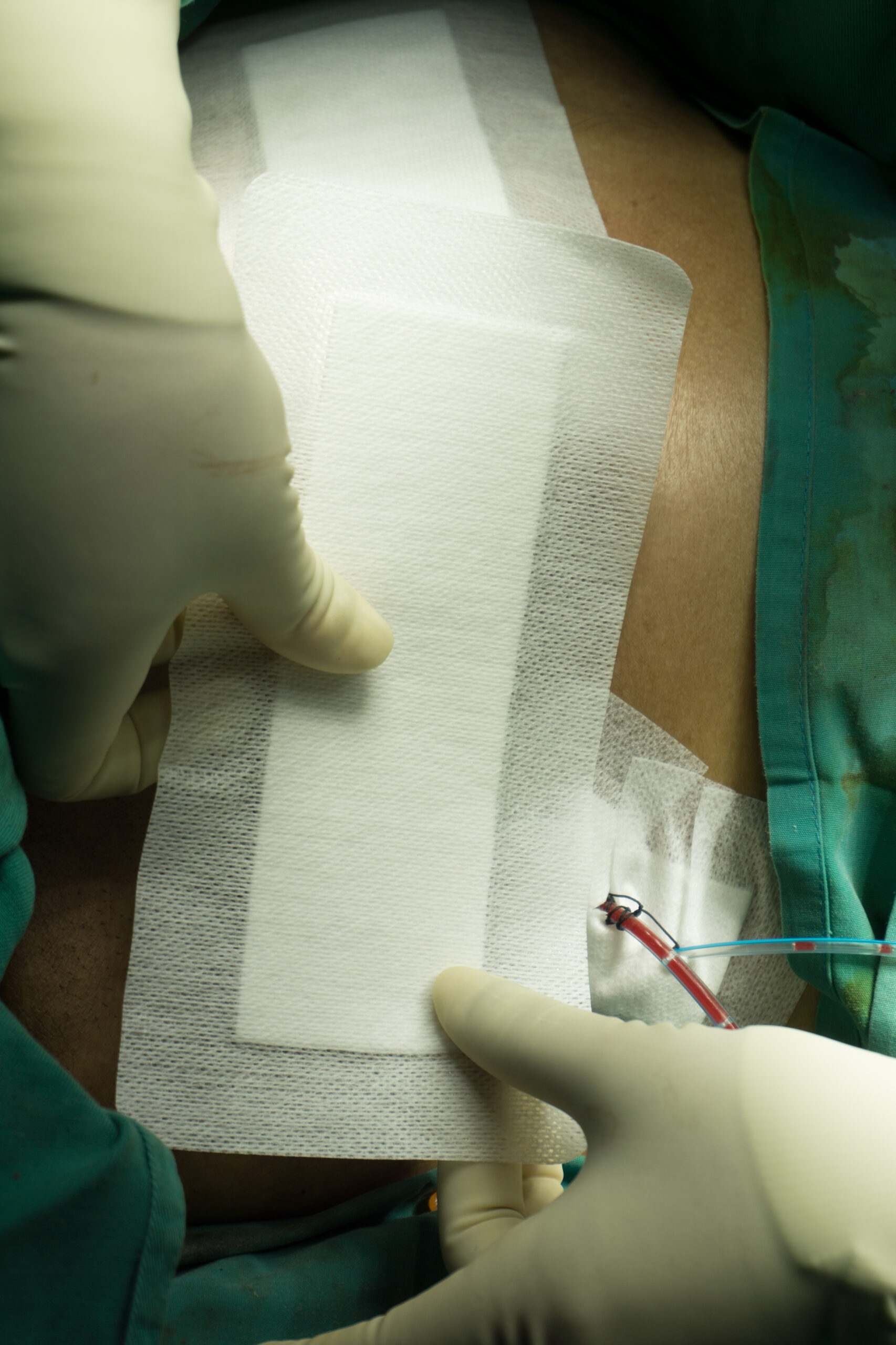SSI prevention in ASCs

Surgical site infection (SSI) surveillance has rapidly grown in the ambulatory setting over the last decade, with the expansion of the Centers for Disease Control and Prevention’s (CDC) National Healthcare Safety Network’s (NHSN) Outpatient Procedure Component (OPC). OPC-SSI is designed to track and monitor SSIs in ambulatory surgery centers (ASCs)…
XBB.1.16 grows to 14% of US COVID-19 cases
Editor's Note Estimates from the Centers for Disease Control and Prevention find the emerging COVID-19 Omicron subvariant XBB.1.16, dubbed Arcturus, is responsible for more than 14% of COVID-19 cases in the US over the past 2 weeks, up from nearly 7% in the prior 2 weeks, according to the May…
Study: Waning of COVID-19 vaccine-induced immunity
Editor's Note This Italian review and meta-analysis finds that the effectiveness of COVID-19 vaccines against Omicron and Delta variants rapidly wans over time. Of 799 original articles, 149 reviews, and 35 preprints identified, 40 studies were included in the analysis. Among the findings: Vaccine effectiveness of a primary vaccination cycle…
Effect of COVID-19 on emergency CABG outcomes
Editor's Note Though the processes of care for emergency coronary artery bypass graft (CABG) surgery were altered by the COVID-19 pandemic, patient mortality did not change for COVID-19-negative patients; however, COVID-19 positive patients did have significantly higher mortality as well as infectious complications, finds this study presented May 6 at…
Leapfrog: HAIs increased during COVID-19 pandemic
Editor's Note The Leapfrog Group, on May 3, announced that its new Hospital Safety Grade shows a significant increase in healthcare-associated infections (HAIs) during the COVID-19 pandemic, spiking to a 5-year high and remaining high. Their analysis found that the average: Central line-associated bloodstream infection (CLABSI) ratio increased 60% Methicillin-resistant…
APIC creates ‘Playbooks’ to help fight emerging infectious diseases
Editor's Note The Association for Professionals in Infection Control and Epidemiology (APIC) announced May 1 that it has created a series of ‘Playbooks’ to help infection preventionists (IPs) and epidemiologists operationalize prevention efforts to help fight emerging infectious diseases. The pathogen-specific playbooks outline recommended practices for outbreak response, including: Pathogen…
FDA updates Safety Communication on Halyard surgical N95 respirators
Editor's Note In response to questions, on April 21, the Food and Drug Administration (FDA) provided an update to its Safety Communication that enables the use of existing inventory of the O&M Halyard FLUIDSHIELD Surgical N95 Respirator Masks, Orange (Regular), Level 3, (Model 46727). The FDA recommends that, if necessary,…
Effectiveness of alcohol flush, drying cycles of AERs
Editor's Note This study, led by researchers at the University of Pittsburgh School of Medicine, finds that air flush cycles used in automated endoscope reprocessors (AERs) may not adequately dry endoscope channels, particularly narrow air/water channels. Endoscopes were reprocessed per protocol with a 3-minute or 10-minute air flush following reprocessing.…
Researchers affirm airborne spread of COVID-19
Editor's Note In this study, Canadian researchers succeeded in isolating infectious particles of the COVID-19 virus from air samples collected from hospital rooms. A total of 30 samples were collected from 10 different rooms of patients with COVID-19 and then frozen in a biobank for 14 months. The researchers were…
Effect of nurse staffing level, length of work experience on HAIs
Editor's Note This study from Finland examines the associations between nurse understaffing and limited work experience on the risk of healthcare-associated infections (HAIs). Patient and staff data from 40 care units and 261,067 admissions in one hospital district in Finland were analyzed. The researchers found that 1- or 2-day exposure…

 Free Daily News
Free Daily News